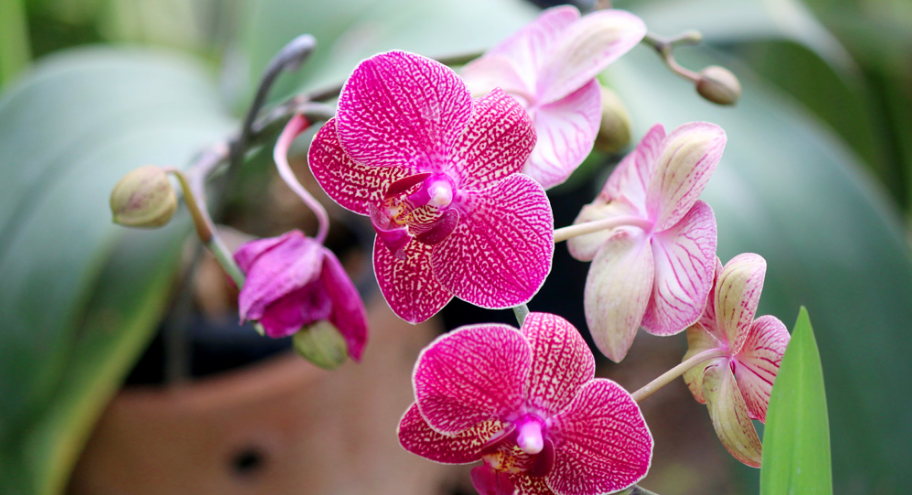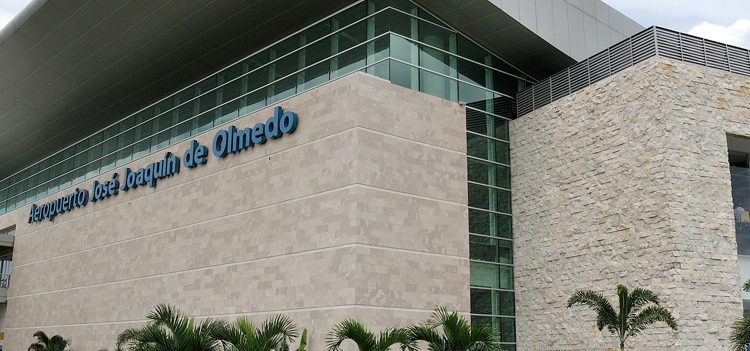History
The people of Guayaquil promoted this project since 1979. After 10 years of hard work the Botanical Garden was open to the public; since then, the place has received millions of tourists both national and international.
Attractions
It comprises five hectares that exhibit scientific collections of live plants, which are grown for their conservation, investigation, dissemination and learning.
There are approximately 324 plant species that can be observed in their natural habitat; also timber and fruit trees, ornamental and exotic plants. It has a viewpoint that allows the observation of the Daule and Babahoyo rivers. 73 bird species can be observed throughout the year.
Fauna
Birds: Scarlet (Prosopeia splendens), yellow-crowned Amazon (Amazona ochrocephala), Orange-winged Amazon (Amazona amazonica) and mealy Amazon (Amazona Farinosa) Parrots; Chestnut-fronted Macaw (Ara severus); Brown-breasted parakeet (Pyrrhura calliptera); Red-billed Parrot (Pionus sordidus); Brown-hooded Parrot (Pyrilia haematotis) and Blue-headed Parrot (Pionus menstruus).
Mammals: white headed capuchin monkey (Cebus capucinus), black headed capuchin monkey (Cebus microcephalus); Saddleback Tamarin (Saguinus fuscicollis), and squirrel monkey (Saimiri sciureus).
Fishes: Maidled (Hemiancistrus annectens), corydora paleatus, Heros Efasciatus (Heros Severum), red hook myleus (Myleus rubripinnis), slender hemiodus (Hemiodus gracilis), banded leporinus (leporinus fasciatus) and red piranha (Pygocentrus nattereri). Besides, there are land and sea turtles.
Flora
It has a botanical sample of several Ecuadorian plant species, particularly from the tropical region of the coast. Comprises 324 perfectly identified species like: native and non-native trees collection, palm trees, cactus, fruit trees and ornamental plants; also tropical exotic plants that can be appreciated in its natural habitat.
The orchids are the main attraction; there are collections from the Ecuadorian Orchidaceae family, and other native species of the country like: bromeliads, tillandsias, heliconias, lotus flower and nepenthe, which is a carnivorous plant that was brought from Madagascar.
Activities
There is a permanent orchid exhibition (more than 50 species) and medicinal plants.
Services
Group visits must be previously arranged to obtain the services of specialized guides.
Phone numbers: +593 (04) 289-9689 / +593 (04) 289-9933.
Source: Guayaquil es mi destino




